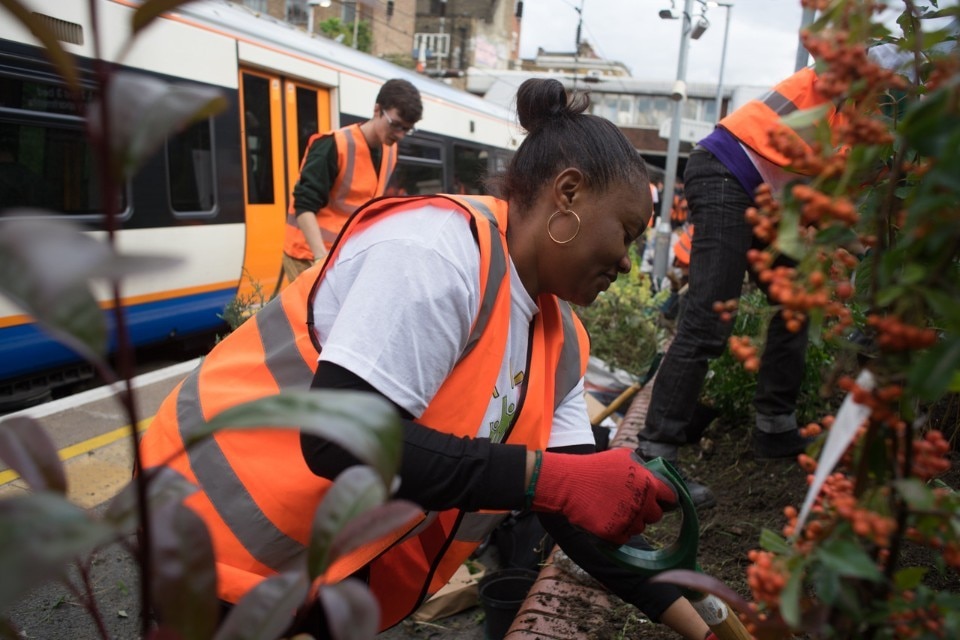Praised for their usefulness rather than a true aesthetic value, historically vegetable gardens have been a genre of circumscribed and hidden spaces, a trait confirmed by their Latin root hortus that linguistically refers to the idea of enclosure. However, after they long remained confined to the countryside, over time vegetable gardens made their way into more mundane contexts too.
Especially in recent years, private, community, and public vegetable gardens are assuming a whole new value in urban settings favoured by a generalised push towards local production of organic food, the enhancement of peri-urban areas, and why not, fashion. “A lot of people are rethinking vegetable gardens,” said Niki Jabbour, Canadian horticultural expert, author of Growing Under Cover and manager of the website Savvy Gardening. “Rather than hiding them in the backyard, they show them off. We are now realising that food gardens are just as beautiful as flower gardens.”
As we enter the best season to approach gardening practices, Domus spoke to a few experts on the subject to create a small start-up guide to horticultural practices, specifically in urban contexts.
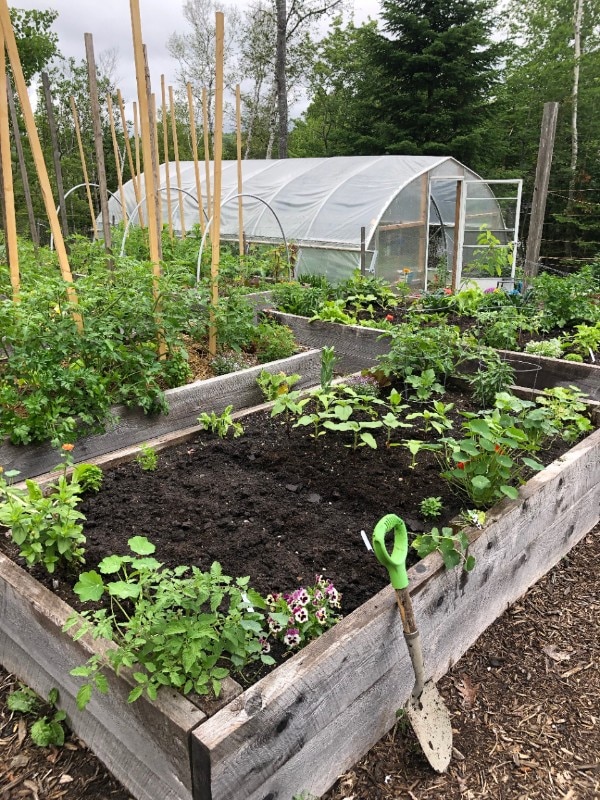
Getting started and logistics
The most important aspect to consider when starting a vegetable garden is light. The optimal location for crops should guarantee eight hours per day of light, ideally facing not directly South, where plants might suffer the afternoon heath, but preferably South-East. “However, even if you have less availability of light, like four to six hours, there are still veggies and herbs you can grow like chicory and other bitter salads,” expert Jabbour explained. The right site should also consider pollution and wind: it is best to place the crops away from the road, protected by a plastic sheet or tall plants to shield them from the wind, fine dust, and the city’s polluting gases.
A garden or plot of land is not strictly necessary, as veggies can easily grow in containers too. But choose good containers, Jabbour recommends, suggesting wood and plastic and to avoid painted or treated materials, as these substances would pass on to the plants. “But literally, you can grow veggies everywhere! In the last couple of years companies developed so many innovative containers that would even attach to walls or balconies or patios,” she added. “Keep in mind that, depending on the vegetables’ variety the height and depth would be different, so it will be essential to pick the right container fitting their needs.”
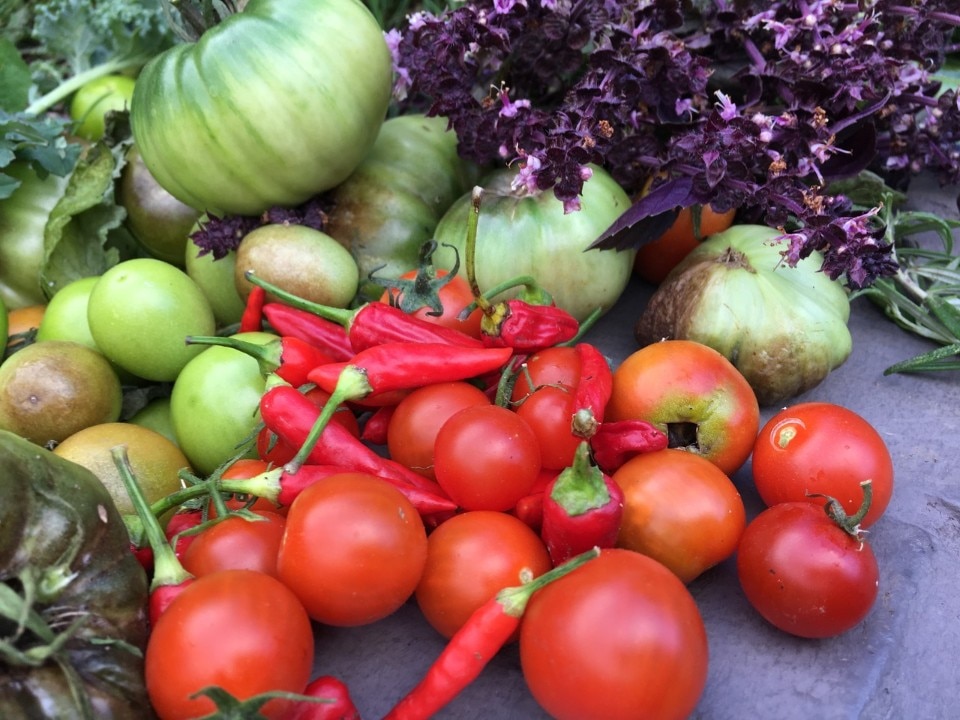
Soil is what you should invest in. Avoid using natural soil, in favour of the new, codified one that can be purchased at any gardening centre. As for fertilisers, you should not consider chemicals which get absorbed by the plants and remain trapped in the peel or the leaves. Instead, choose manure, natural fertilisers or compost that can be made at home. Also, do not use chemicals against pests and insects and go for a natural solution like boiling water with garlic heads and misting it on the leaves.
Choosing the right veggies and combinations
“For beginners, it is always better to transplant than to sow from scratch, and April is the best month for that,” explained Teo Sandigliano, a Milanese designer who specialised in the relationship between city and nature making gardening the central element of his architectural work. If you wanted to start sowing though, Sandigliano suggests beginning with eggplants, tomatoes, courgettes, peppers, lettuce, beans, and strawberries with the first spring heath. “It’s the right time to sow and after a few months (July to October) the harvest is ready,” he said.
In any case, the advice is to always practice crop rotation or the soil would lack precisely those substances that the plant had previously absorbed. “You can just shift them around,” commented Jabbour on that, “I normally would do lettuce, rocket, radish, and carrots for spring; follow that up with peppers, tomatoes, cucumber for summer; and more salad greens like kale and spinach for fall.”
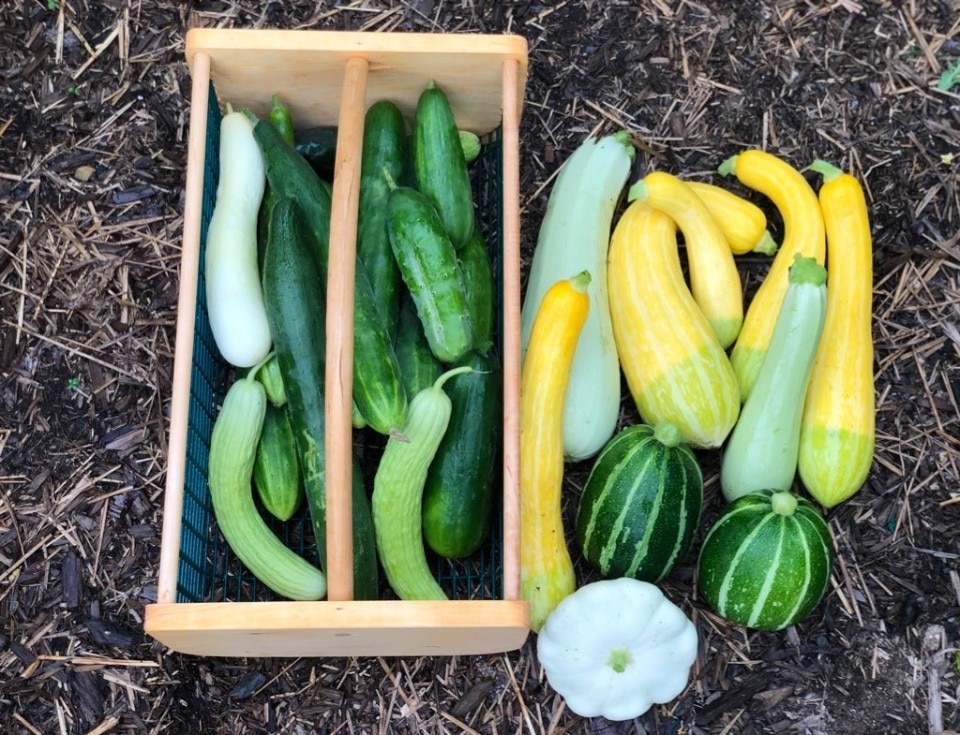
Creativity is surely a must in horticulture, but some science-based association will make your life easier. “Vegetables need to be taken care of but some plants can take care of each other on their own, collectively creating a synergistic garden that doesn’t require a lot of maintenance,” designer Sandigliano explained. Good associations to put in the same pot are lettuce and strawberries; tomatoes and basil; courgettes, beans and corn. “It’s always good practice to add an aromatic plant (basil, thyme, sage) and a flower (marigold) in your vegetable garden,” Sandigliano said. “Also, garlic and onion can perform as pesticides while legumes help to fix nitrogen to the soil.”
So, planning according to seasons and successful associations is essential, but you should also think about what your goals are. “Grow the things you eat a lot and enjoy, especially if you are trying to save money out of your budget,” Jabbour adds. “Don’t plant too many things at the same time, just pick four to five, it doesn’t have to be complicated. And don’t forget to have fun!”
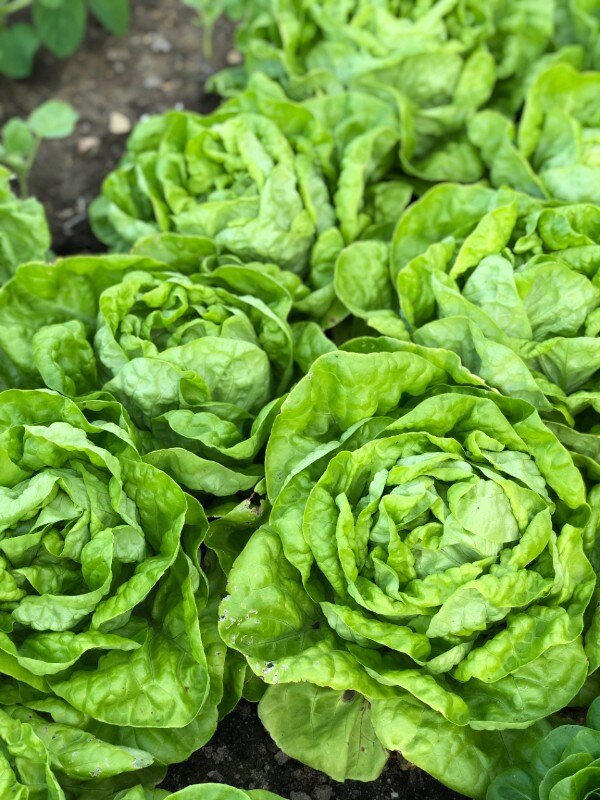
Find your motivation
However, starting a vegetable garden is a commitment, Sandigliano emphasised. Depending on the size and the vegetables chosen, the workload ranges from 30 minutes to over one hour per day. “It’s a test and retry process and can be frustrating at times. Some plants will die, there will be parasites, and sometimes it will go wrong,” Sandigliano explained. "But when you finally get what you are looking for, the satisfaction of eating your own vegetables is immense."
Furthermore, the physical and psychological benefits are innumerable, as confirmed by several scientific studies on nature’s therapeutic effect. “The sense of green we have in these times is accessory, but taking care of a plant helps us to rediscover it. It’s like reconnecting," Sandigliano said.
But when you finally get what you are looking for, the satisfaction of eating your own vegetables is immense.
Urban vegetable gardens for better cities
A vegetable garden could also turn into a communitarian, didactic opportunity for integration and exchange. In London, the community-sustained project Energy Garden brings together hundreds of volunteers to work on public food gardens across the city. “It is having a major impact both visually, financially and psychologically,” explained Agamemnon Otero, the CEO of the project which now counts 34 gardens in its network. “Growing vegetables allows people to engage with the natural world in a healthy and empowering way. They become a vehicle to form community and better urban spaces,” he added. The organisation Depave shares a similar mission: providing urban gardening opportunities, especially for disenfranchised communities, to promote community cohesion and social return.
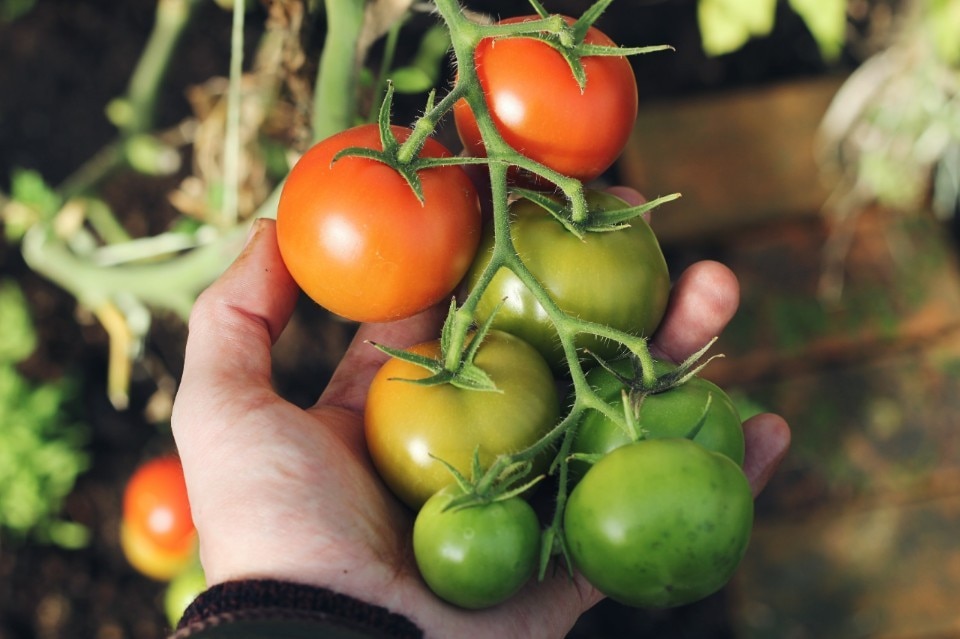
“Vegetable gardens can become promoters of sustainable change within our cities,” designer Sandigliano commented. “Growing your own vegetables is something old, a tradition that we have lost and we are slowly starting to rediscover.” An initiative that starts from the individual citizen, but then passes on to the neighbourhood’s community and, possibly, to the local administration. Sandigliano’s great vision is precisely that of integrating vegetable gardens in urban planning: “If these processes were incorporated, we would create new economies for the cities. The 20-minutes neighbourhood will never be feasible if we do not think differently about the supply of primary goods,” he concluded. “City gardens could change an entire system in a macroscopic way, towards both environmental and urban sustainability.”
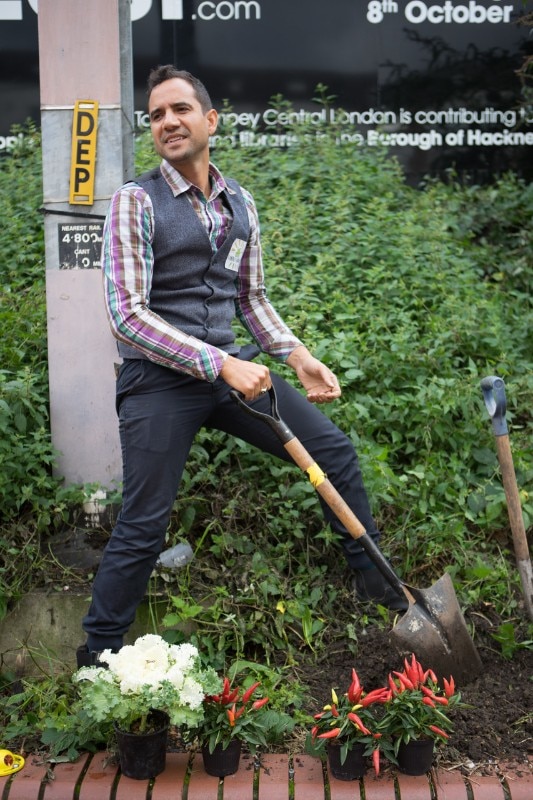
Preview image: photo by Markus Spiske on Unsplash


